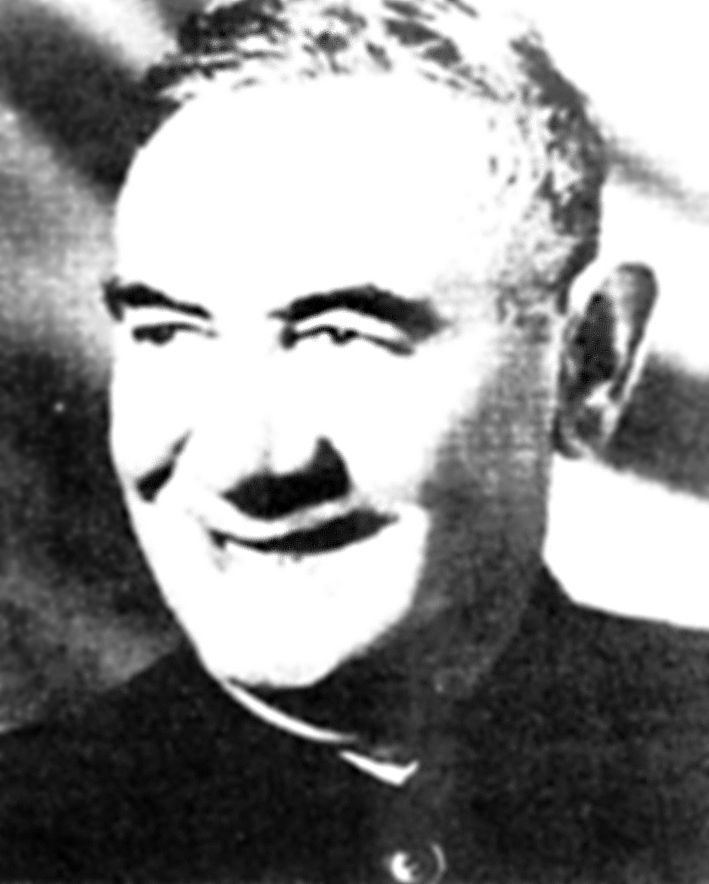Name Simcha Zorin | Died 1974 | |
 | ||
Shalom (Simcha) Zorin (1902–1974) was a Jewish Soviet partisan commander in Minsk.
Many Jewish partisans in Belorussia had their own units that operated as part of the general Belorussian partisan movement and the overall Jewish resistance movement fighting the Nazis in occupied Europe, although some of these Jewish units lost their Jewish character over time. The Zorin unit, led by Simcha-Shalom Zorin, included 800 Jews. Many other Jewish partisan units were active in the Lipiczany Forest.
The Germans invaded Minsk in late June 1941 and transferred the city's Jews, Zorin included, to a ghetto. Zorin worked in a local prisoner of war camp, where he met a captured Soviet officer named Semyon Ganzenko. In late 1941, Zorin and Ganzenko escaped to the forests in the Staroe Selo region, about 19 miles southwest of Minsk. While hiding in the forest, the two established a partisan unit called Parkhomenko. The unit consisted of 150 members, including many Jews. As more and more Jews joined the Parkhomenko unit, many conflicts arose between the Jewish and non-Jewish fighters.
Zorin defended his fellow Jews, leading Ganzenko to recommend that he establish a new Jewish partisan unit to take in Jews who had escaped the ghetto, called "Unit 106" (later the unit was referred to as the "Zorin Unit"). The Zorin Unit began with 60 men and 15 guns, but over time, it grew to 800 people. After the Zorin Unit was attacked by the Belorussian police and the Nazis situated in the Staroe Selo area, it moved its headquarters to the Naliboki Forest. The unit stayed in contact with the Minsk Ghetto through teenagers who helped Jews escaping the ghetto to reach the forest.
Zorin believed that saving Jewish lives was a primary goal along with fighting the enemy, and noncombatants had a place in his camp in providing logistical support. Jewish artisans set up workshops in the forest, assisted by family members. There was a sewing workshop, a shoemaker's workshop, a flour mill, a bakery, a sausage factory, a weapons repair and bomb production shop, and a large hospital with doctors from Minsk. The camp also had a school that served 70 students. The camp members celebrated both Soviet and Jewish holidays.
Zorin had about 100 fighters in his combat unit. Some were members of the Socialist-Zionist youth movement Hashomer Hatzair ("The Young Guard") who had escaped the Biała Podlaska ghetto.
In July 1944, Simcha Zorin was wounded in his leg during a battle with a retreating German unit; seven of his men were killed.
In 1971, some 25 years after the war, Simcha Zorin emigrated to Israel.
Allegations of war crimes
Zorin and his partisans are accused of robbing and terrorising civilians from neighbouring villages. When desperate peasants tried to form the Polish Home Army-aligned self-defence units against marauding bands, the partisans attacked the villages of Koniuchy and Naliboki. According to IPN investigation in Naliboki 128 people were killed. The village were then looted and burned down by the partisans.
